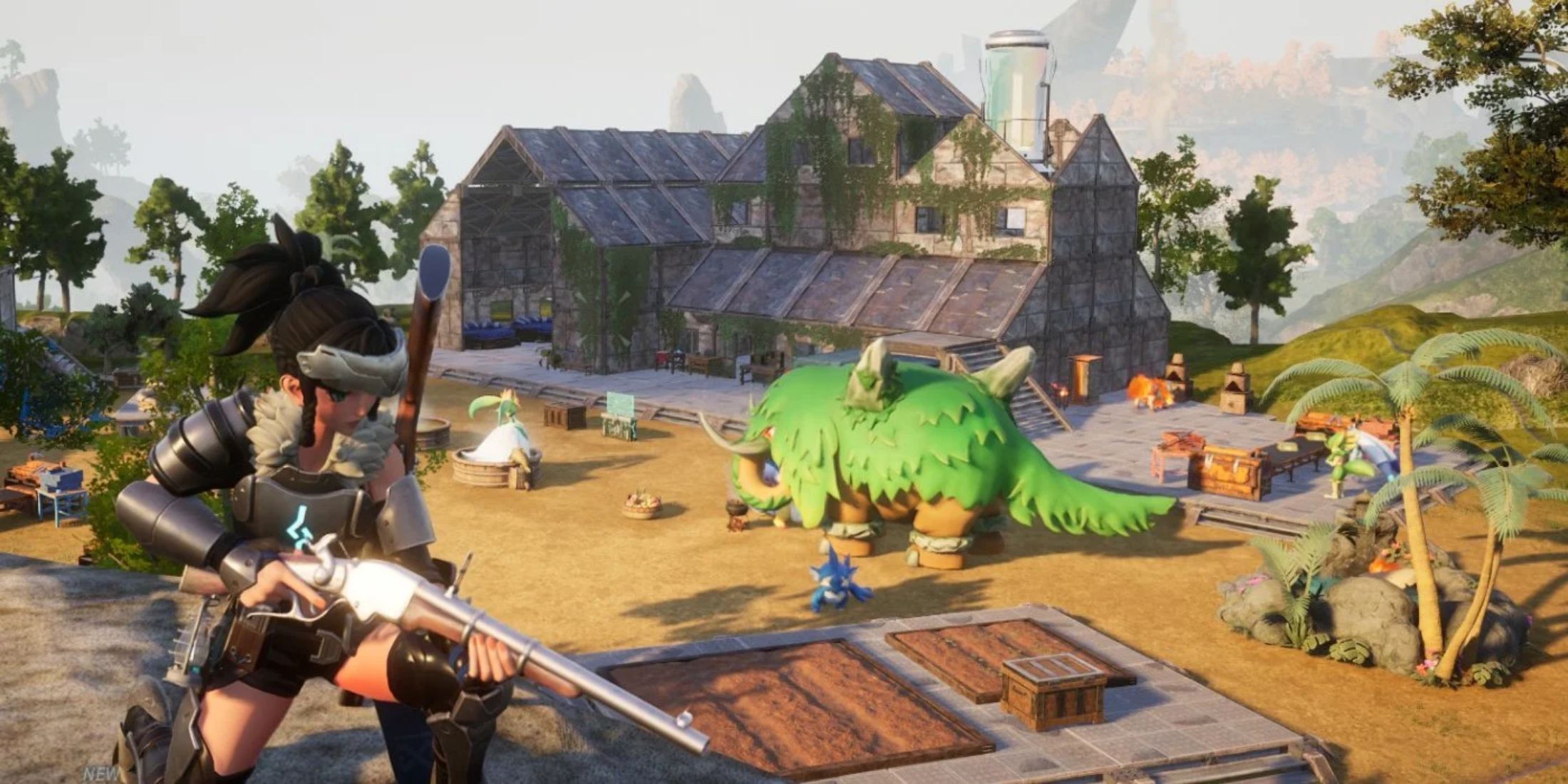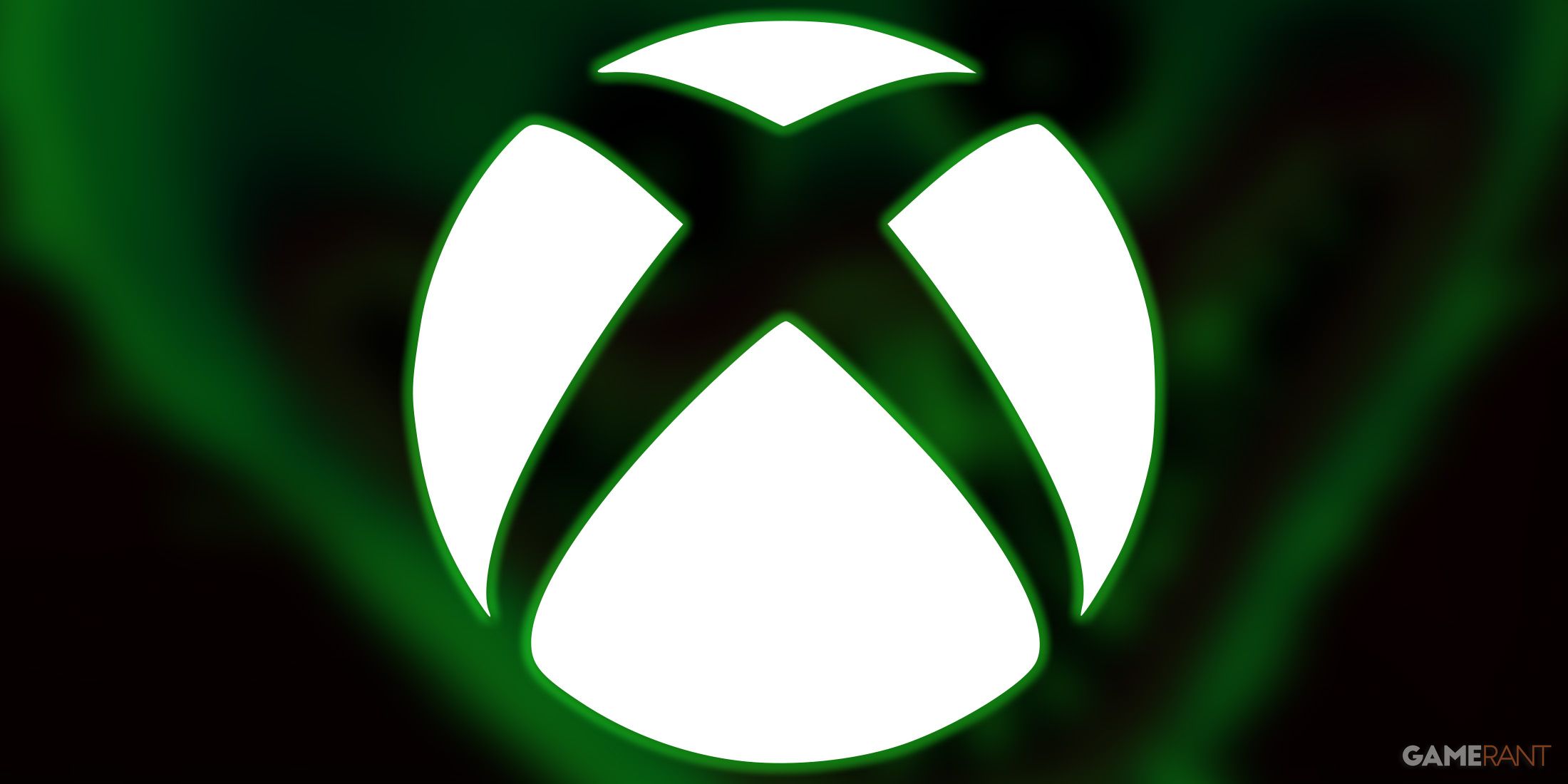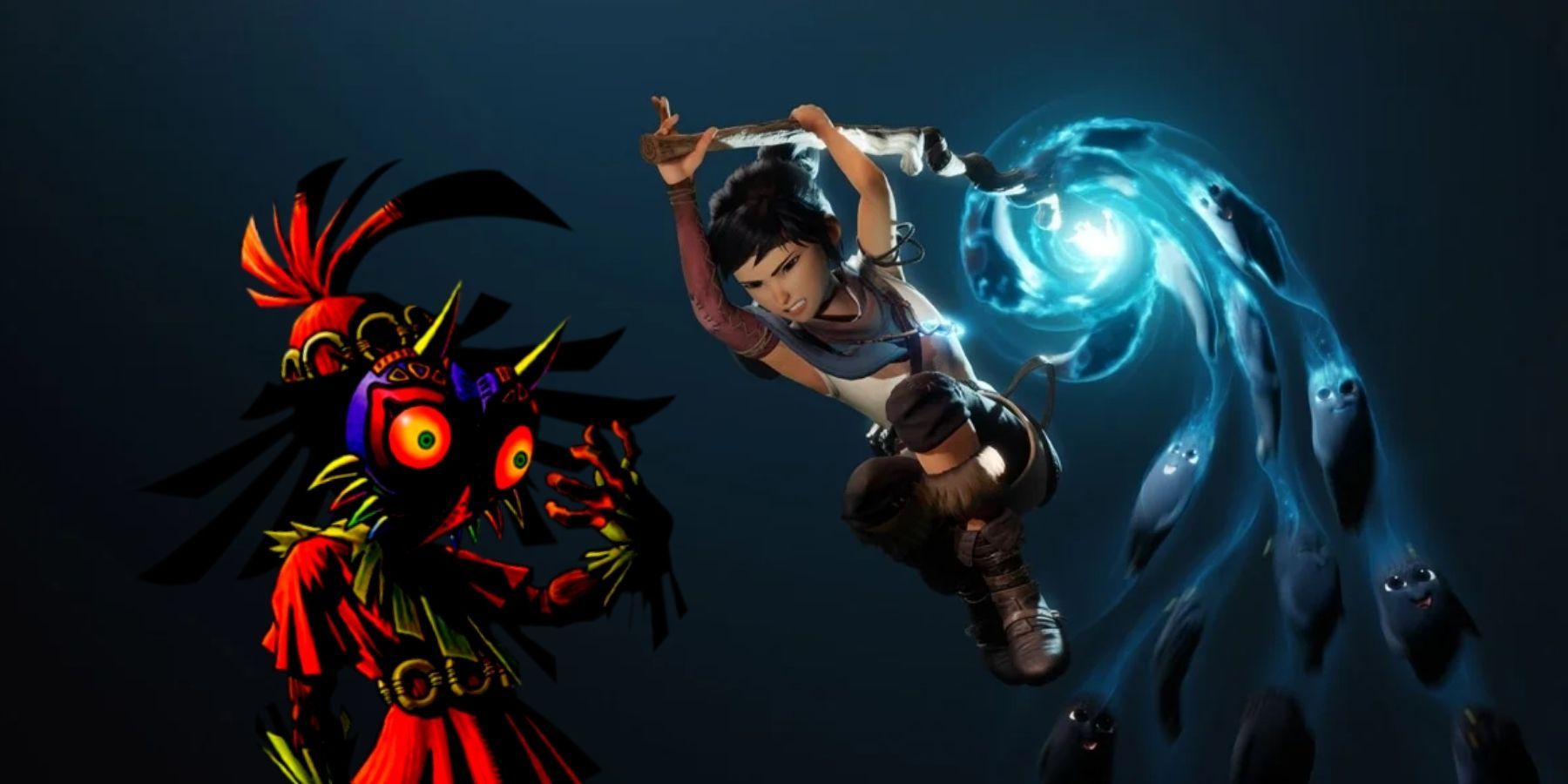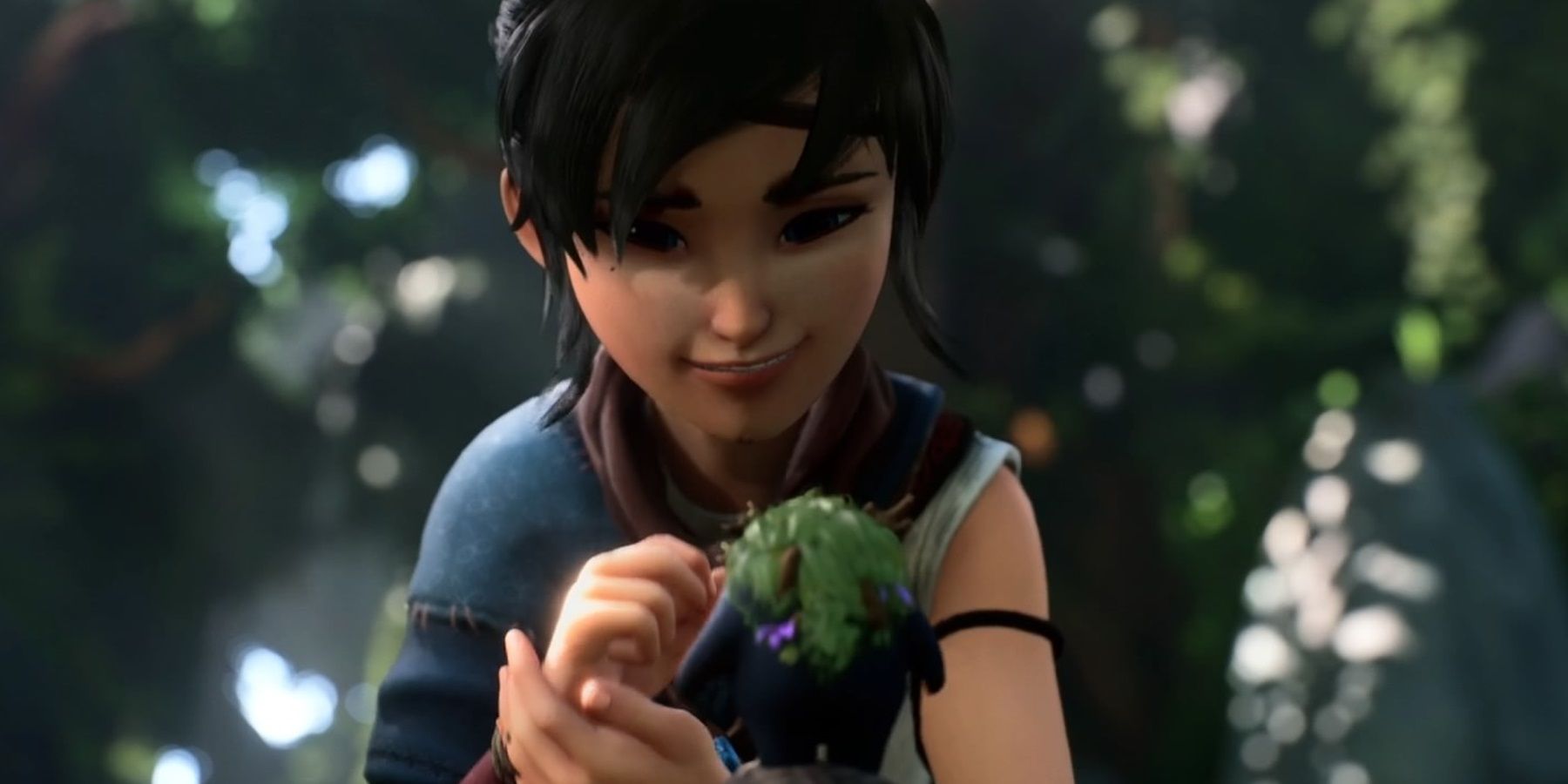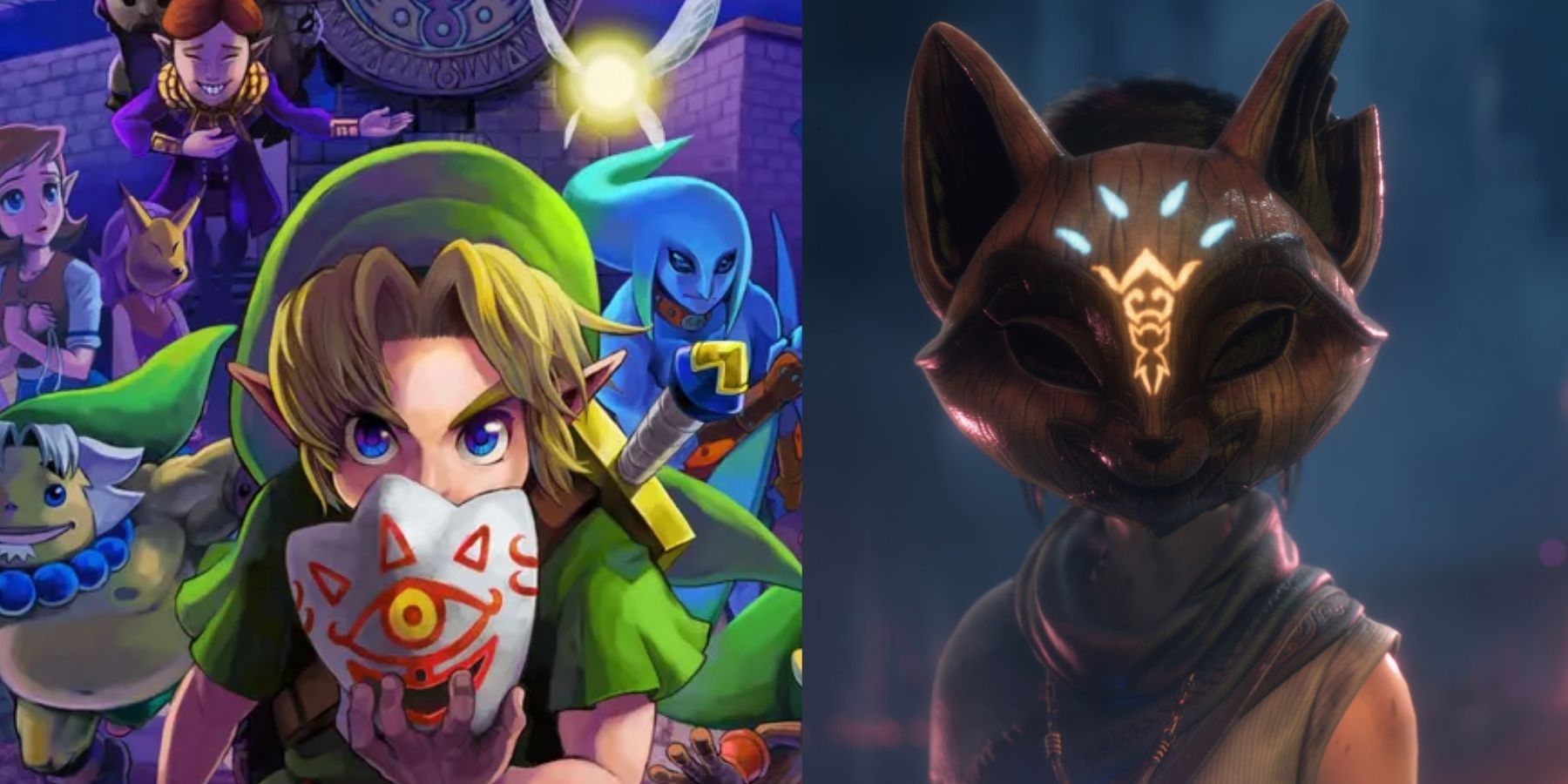Despite being its first ever video game production, Ember Lab wowed the masses with its breakout hit Kena: Bridge of Spirits. Released in late 2021 to critical acclaim, the indie title had all the flair, polish and ambition of a big budget triple A studio game, making it a standout experience in an already crowded market. The game went on to earn several Game of the Year nominations, as well as winning the top prize of being dubbed "Best Indie Game". Needless to say, it has been a smashing success for Ember Lab.
From the moment it was first announced, many players pointed out the tonal and visual similarities between Kena: Bridge of Spirits and Nintendo's own fantasy inspired series, The Legend of Zelda. Considering that Ember Lab made a CGI short based on Majora's Mask just a few years earlier, it's easy to see why that game may have had an influence on the studio. However, the connection stems even further than this, as Majora's Mask may have had a strong influence on the narrative and thematic depth based upon how Kena: Bridge of Spirits ultimately plays out. This is not to suggest that Ember Lab ripped off Nintendo's work, but rather paid a touching tribute to it and proved that imitation is often the most sincere form of flattery.
Grief and Healing
Much of the adventure in Kena: Bridge of Spirits tasks the player with exploring a tucked away mystical village, helping lost souls move from this life to the next. Kena is known as a "spirit guide" and armed with a magical staff and the help of small creatures called The Rot, she embarks on this supernatural quest, facing off against demonic enemies along the way. More specific plot details will be left out to avoid spoilers, however the game as a whole can be summarized as a tale about grief and healing.
The aforementioned village was met with a great disaster, one which sadly killed many of its inhabitants. The spirits of these deceased individuals are still wandering the world, some even being twisted into freakish monsters, and its up to Kena to lay them to rest. To return to Majora's Mask, the classic N64 adventure explores many of the same ideas. As Link traverses Termina, he meets many people, all experiencing their own hardships. While the circumstances vary between these characters, the common element is that they all feel a sense of loss or emptiness, something which Link must help heal.
Hiding Behind Masks
In Majora's Mask, these themes of holding onto or being controlled by negative moments are often symbolized by masks. As Link explores the world and assists its inhabitants, he is often rewarded with a mask that provides him with new abilities. Each one of these masks is representative of a character, idea, or significant moment in the game. This plays with the very concept of a mask in general, in that it is an object designed to hide something else. Main antagonist Skull Kid wanted to hide from the rest of the world, so he found solace behind the game's namesake, Majora's Mask.
Although masks aren't as heavily emphasized in Kena: Bridge of Spirits, they do still play an important role in the overall storyline. Many of the principal characters carry masks as tools to interact with the magic in the world around them. More notable however, is that each of the main troubled souls in the game that Kena must help are all represented by a mask, each of which becomes an obtainable item after freeing them. This once again calls back to the gameplay loop found in Majora's Mask, and can be a fun throwback for players familiar with Nintendo's landmark action adventure game.
Kena: Bridge of Spirits is available on PC, PS4 and PS5.

